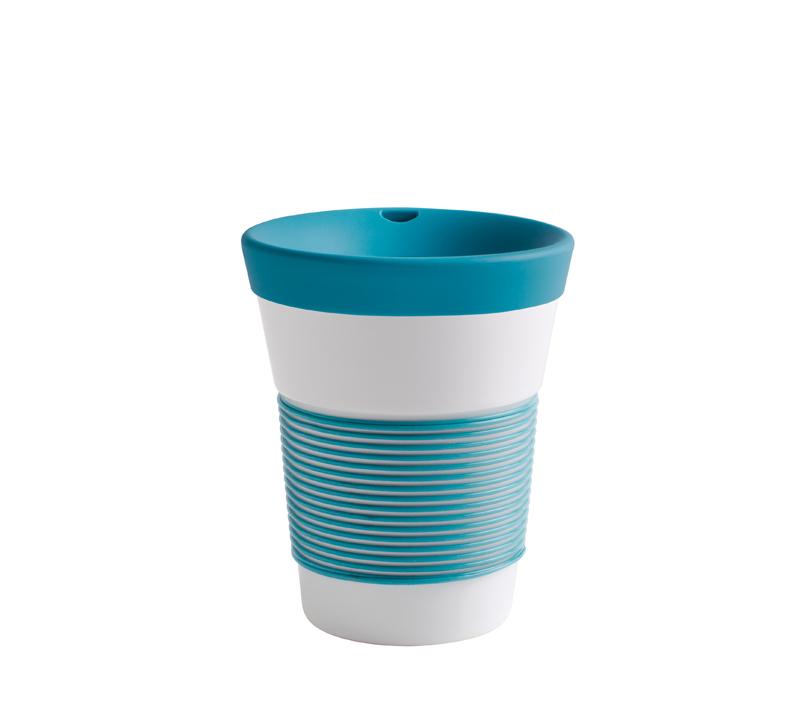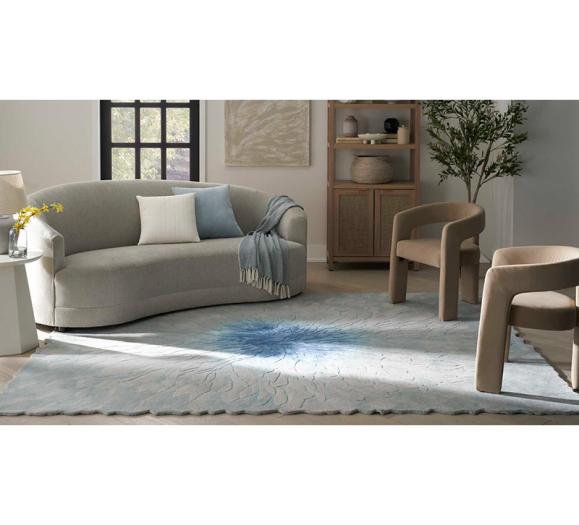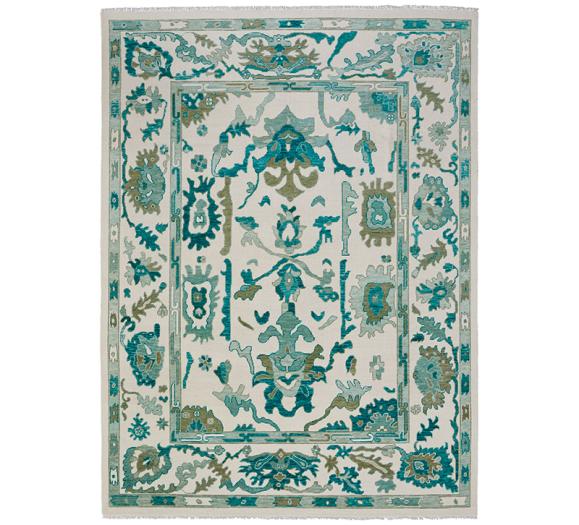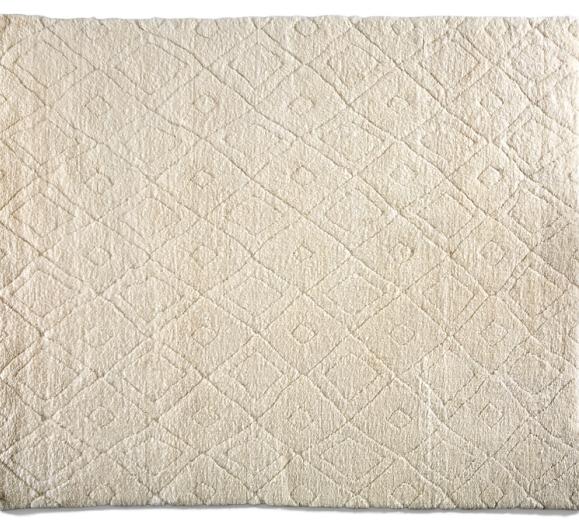True sustainability means more than just where a product ends up — landfill or recycled. It extends to the product's production and design. If a factory pollutes while making the product, can it really be considered sustainable?
That's the problem KALHA product designer Lisa Keller set out to solve with the cupit. She wanted to tackle the problem of disposable paper coffee cups in Germany, but in a way that would not contribute to other types of pollution. The result – the cupit – combines good design and sustainable practices that tackle the pollution problem head on, and it comes in a variety of sizes and colors.
Read her design Q&A to learn more about what makes a product truly sustainable – and how.
What inspired you to take on the problem of disposable cups in Germany?
LK: According to the environmental organization Deutsche Umwelthilfe, we in Germany use 320,000 disposable mugs every hour. This adds up to almost 3 billion a year. Everyone is walking around with these mugs. In Hollywood films, they are carried all across New York City and they appear in ads trying to sell a hip, urban way of life. The disposable mug has become an icon of the modern life – but it creates a huge pile of rubbish. Therefore, we wanted to develop a porcelain to-go mug, which motivates people to act in a sustainable and mindful way.
Explain how you made key design choices about the mug.
LK: I created a list of truly desirable qualities such as "a pleasant drinking experience," "the nose should not touch anything," "provides a good grip" and "looks good when you drink from it." At the top of the list was that the cup needed to work also without the lid for using it at home or at the office. Taste perfection, transportability and multifunctionality formed the basis of the design for cupit, which now is the name of our cup collection.
I met these requirements by designing ergonomic shapes such as the thin, smooth drinking rim of the lid. Using KAHLA's innovative silicone application Magic Grip, I was able to design a grip zone with tactile appeal, and also a slip-resistant and scratch-proof bottom, which will not scratch the roof of the car or other surfaces. For the colors, we joined efforts with our Instagram and Facebook online communities and selected modern, beautiful colors. It was an exciting process for me as a designer to delegate this step in the design process.
How is the manufacturing of cupit sustainable?
LK: Not only is the porcelain cup manufactured in Thuringia, it is also tested for harmful substances and does not contain bone ash, which makes it "vegan porcelain." At KAHLA, we use electricity generated by our own photovoltaic roof system and we conserve water by using our own well and water treatment system. In addition, innovative technologies in the production process reduce carbon dioxide emissions. The cupit lid is also locally produced in Thuringia. Because the cups are produced in Germany, transport distances to the points of sale are short, which helps reduce carbon dioxide emissions. In contrast to a coated paper cup, cupit is designed for long-term use.
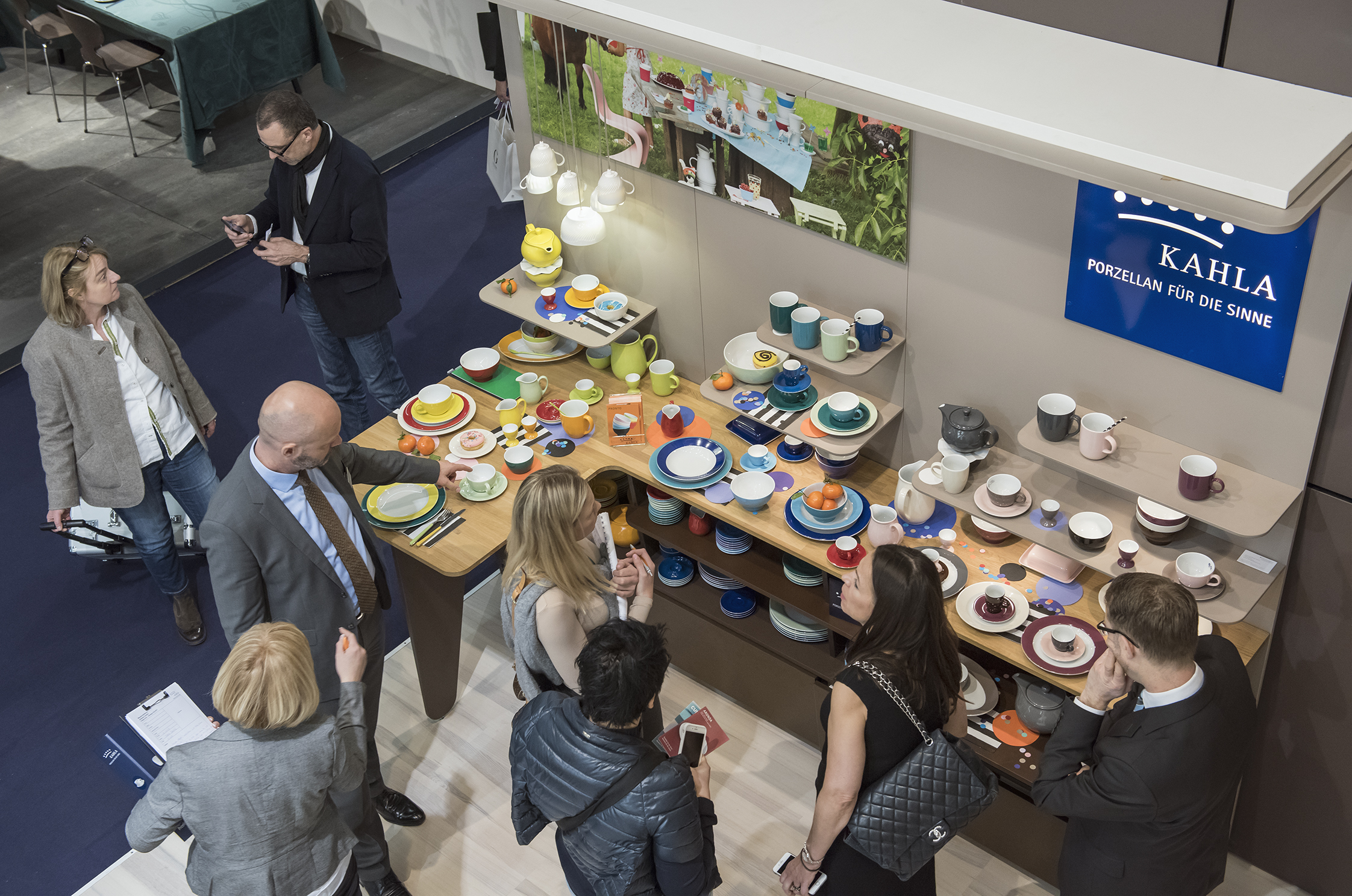
What is done with the product waste from cupit?
LK: We recycle the waste that is produced during the manufacturing of the porcelain cup and add it back into the production process. Our factory is essentially one big loop. Porcelain is very durable and therefore suited for a life-long use, as is our cupit.
What challenges did you encounter during either the design or manufacturing of the mug? How did you work through it?
LK: In my design, I omitted a groove or protrusion at the cup rim meant to hold the lid in place because the cup had to work also without a lid. The cylindrical shapes of cups and lids ensure a tight fit of both materials, which prevents leaks. The challenge now is the high precision of the cup, which keeps our quality management team and the production team busy.
When considering a sustainable challenge to tackle, what advice would you give to other product designers?
LK: When I was searching for materials in the beginning of the design process, I thought about using bioplastics or biodegradable plastic materials. As I researched this topic on the internet, I found many different opinions, which was not helpful to me at all. I then sought advice from experts, such as the environmental organization Deutsche Umwelthilfe, who provided me with valuable detailed information. In the end I learned that there is a lot of "greenwashing" in this area. With the waste management systems we have today, biodegradable plastic materials don't make sense and the production of bioplastics in some cases supports monocultures that are harmful for the environment. My tip is to seek advice from institutions and independent information centers early in the process. Many people are glad to share their knowledge to help protect our planet.



